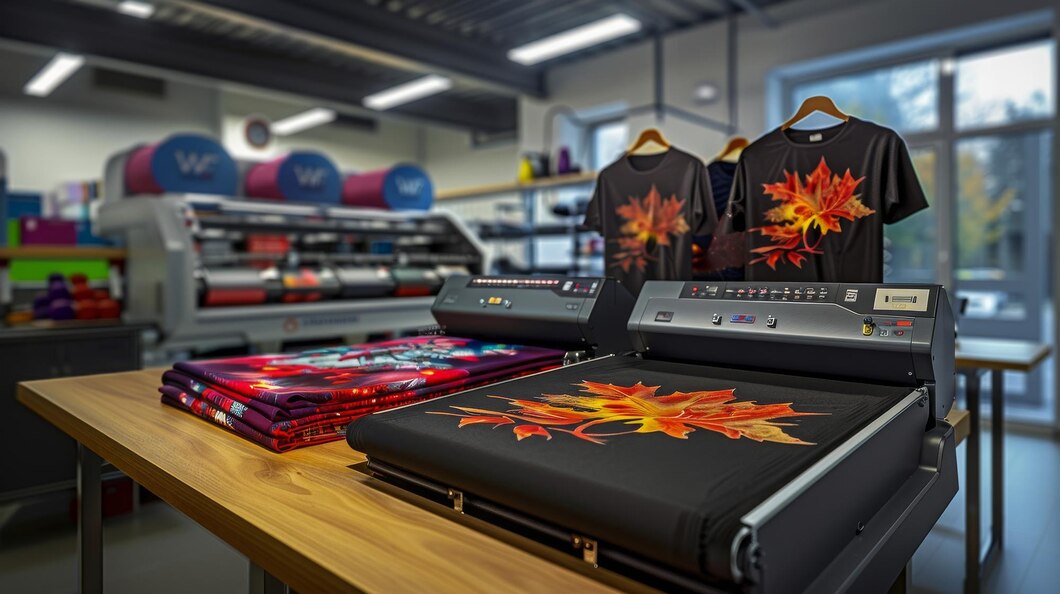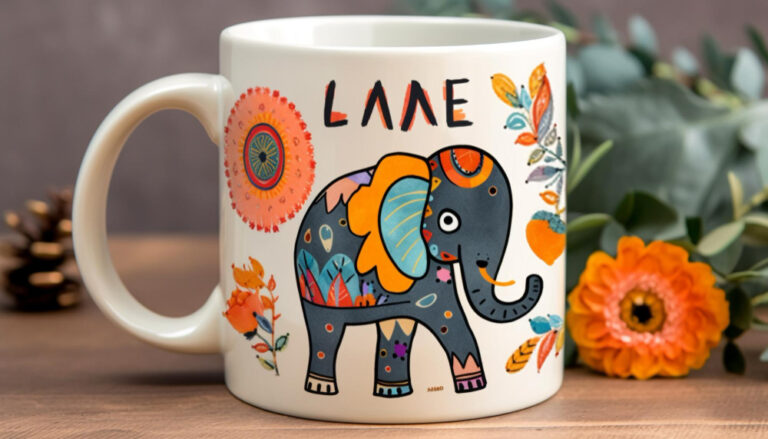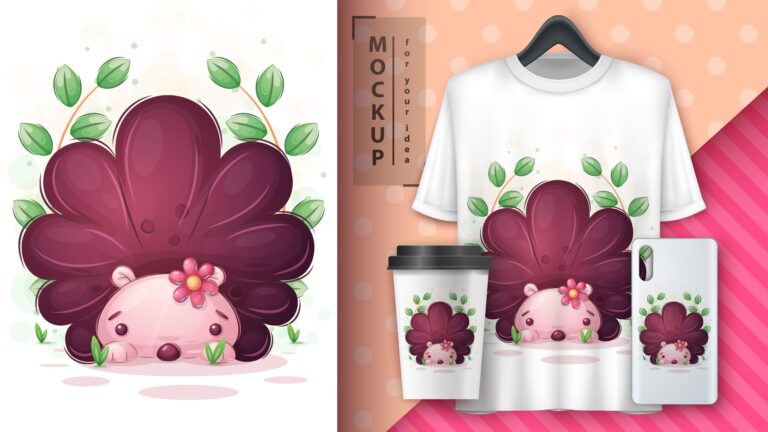By focusing on specific customer groups, you can enhance your growth chances and profitability. Let's explore which niches could potentially yield the highest returns in the clothing industry.
Top Clothing Business Ideas for 2025: Our Recommendations
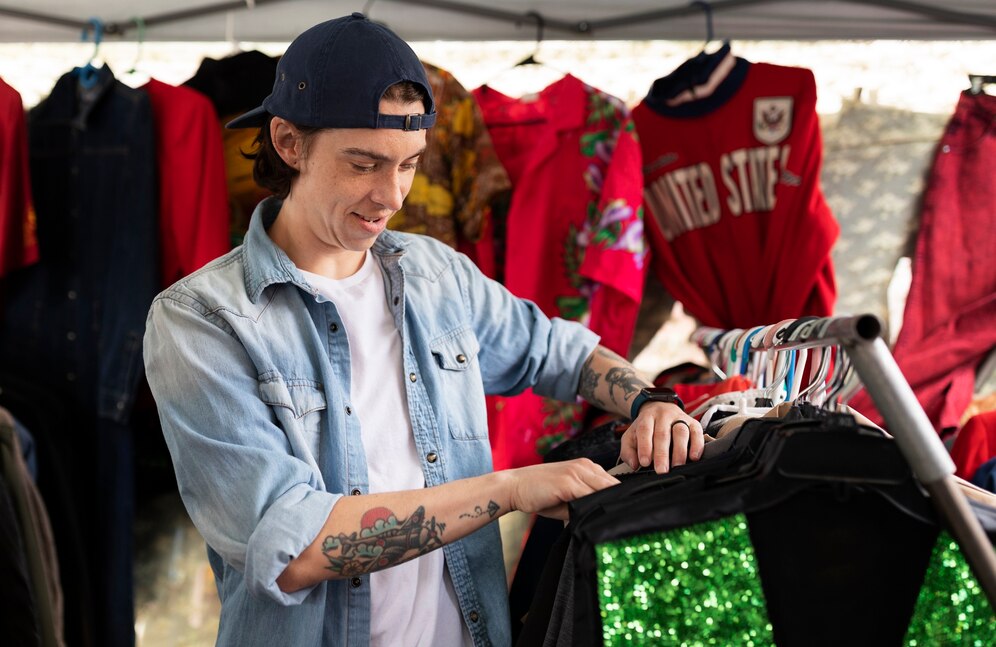

Best Home-Based Clothing Businesses with Low Startup Costs:
- Custom Print on Demand (POD)
- Basics and Essentials Fashion
- Corporate Clothing
- Custom Prints Business
Most Stable Clothing Business Ideas:
- Sustainable Clothing Line
- Men’s Clothing Line
- Women’s Clothing Line
- Athleisure Wear
- Kidswear
Clothing Businesses with Growing Markets:
- Limited Edition Fashion
- Streetwear Brand
- Plus-Size Fashion
How We Chose These Clothing Business Ideas
- Online business viability
The events of 2020 taught us the importance of online presence. Therefore, all the business ideas listed here are adaptable to online operations. For instance, a custom print on demand business can operate entirely online without needing physical inventory space, unlike a designer boutique.
- Low to medium startup investment
We assume this might be your first venture, so we focused on ideas requiring modest investments. Most of these businesses can be started with budgets ranging from ₹15,000 to ₹30,000 or less.
- Minimal inventory requirements
Inventory costs can be substantial. Hence, our list emphasizes ideas that minimize or eliminate the need for stocking inventory.
- Accessibility for beginners
Regardless of your prior experience, these ideas are designed to be beginner-friendly. They require little to no specialized training, and we've outlined basic steps to get you started.
- Profitability
Starting a clothing business shouldn't just be about passion—it should be profitable from the outset. We've selected ideas that offer strong potential for profitability without heavy upfront costs that could erode earnings.
In the following sections, we categorize these ideas and provide detailed insights to help you choose the right path for your clothing business in 2025.
Easiest clothing business to start from home with low investment
1. Custom Print-on-Demand (POD)


Advantages & Disadvantages
| Advantages | Disadvantages |
|---|---|
| Low initial costs | High competition requires effective marketing |
| Less operating expenses | Quality control |
| Offers unique products tailored to specific markets | |
| No need to stock inventory, as items are printed on demand |
Budget needed to start a print-on-demand clothing business
Startup Budget: Approximately ₹30,000 – ₹2,00,000, and zero with Printfuse Snap Store.
Execution steps:
- Find a reliable POD platform like Printfuse.
- Design or outsource attractive and trending designs for your POD products.
- Establish an online store using platforms such as Printfuse Snapstore, Shopify, or WooCommerce.
- Promote your products via social media, influencer collaborations, and targeted ads.
- Adapt your designs and marketing based on customer feedback.
If you want to start a clothing dropshipping business, explore the best fonts for t-shirt design to find inspiration.


Start selling custom products online with Printfuse.
Create a snapstore and sell products instantly!
2. Basics and Essentials Fashion Label


What this business involves:
A basics and essentials fashion label focuses on creating fundamental pieces that form the core of a wardrobe. These include timeless items like plain t-shirts, classic jeans, essential shirts, basic dresses, and versatile outerwear designed for durability and everyday wear.
| Advantages | Disadvantages |
|---|---|
| Consistent demand for essential clothing items | Highly competitive market with numerous established brands |
| Opportunity to build a brand known for quality and reliability | Need for continuous innovation to differentiate from lower-priced alternatives |
| Potential for repeat customers seeking staple wardrobe pieces | Dependency on consumer spending habits and economic conditions |
Startup budget: With Printfuse, start with as little as ₹20,000 – ₹50,000, covering initial production costs and marketing efforts.
How to execute:
- Partner with Printfuse to produce basic and essentials cost-effectively.
- Focus on creating designs that emphasize quality materials and versatile styles.
- Launch an online store to reach a broader audience and utilize social media for brand promotion.
- Monitor customer feedback to refine product offerings and improve customer satisfaction.
3. Corporate Clothing


| Advantages | Disadvantages |
|---|---|
| Potential for securing larger and consistent orders from corporate clients. | Time-consuming and requires more effort to build relationships with corporate clients. |
| Opportunity to establish long-term partnerships and gain repeat business. | Maintaining strict quality control is essential for preserving brand reputation. |
| Higher profit margins compared to standard retail clothing due to bulk orders. |
Initial investment required to start corporate clothing brand
Approximately ₹ 80,000 – ₹3,00,000.
Execution steps:
- Research the local market to identify potential corporate clients or industries in need of branded apparel.
- Invest in necessary equipment such as screen printing or embroidery machines.
- Alternatively, consider partnering with a POD business like Printfuse to streamline operations.
- Create a portfolio showcasing sample designs and product offerings tailored for corporate clients.
- Network actively and pitch your services directly to businesses, organizations, and event planners through various channels such as cold calls, emails, and face-to-face meetings.
- Deliver exceptional customer service, ensure timely order fulfillment, and maintain consistent product quality to establish trust and cultivate long-term relationships with clients.
4. Custom Prints Business
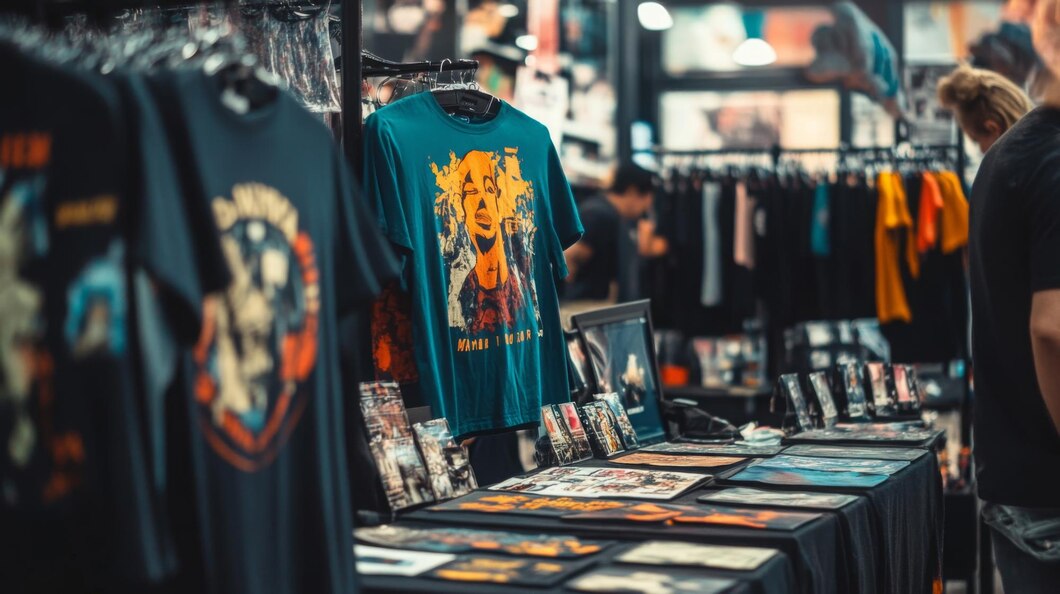

| Advantages | Disadvantages |
|---|---|
| High demand for personalized and customized products. clients. | Initial investment in printing equipment and technology can be significant. |
| Opportunity to serve to niche markets and specific customer preferences. | Quality control is important for ensuring customer satisfaction with printed designs. |
| Potential for scalability through online sales platforms and partnerships with event organizers or businesses. | Competition from other custom print businesses offering similar services. |
Startup budget: Starting with Printfuse allows for a budget as low as ₹20,000 – ₹3,00,000, covering equipment costs and initial inventory.
How to execute:
- Utilize Printfuse’s printing services for cost-effective customization options.
- Offer a user-friendly online platform for your customers to design and order custom prints.
- Collaborate with artists and designers to expand design options and appeal.
- Implement targeted marketing strategies through social media and collaborations with local businesses.
- Ensure quality control to maintain customer satisfaction with printed designs.
Most Stable Clothing Business Ideas
5. Sustainable Clothing Line


| Advantages | Disadvantages |
|---|---|
| Appeals to environmentally conscious consumers seeking ethical fashion choices. | Higher production costs due to sustainable materials and ethical practices. |
| Differentiates from traditional brands, attracting a niche market. | Limited availability of certain eco-friendly materials may restrict design options. |
| Potential for partnerships with eco-friendly organizations and ethical suppliers. |
Startup budget: Approximately ₹16,00,000 – ₹85,00,000. Working with sustainable manufacturers like Printfuse can reduce costs significantly.
How to execute:
- Research sustainable materials such as organic cotton and recycled fibers.
- Partner with ethical suppliers and manufacturers committed to fair labor practices.
- Design a collection that aligns with your brand values and consumer preferences.
- Utilize transparent supply chain practices to build trust with consumers.
- Promote your brand through digital marketing, social media, and eco-conscious influencers.
These stable clothing business ideas offer diverse opportunities for aspiring entrepreneurs in 2024. Each niche has its advantages and challenges, so choose one that aligns with your goals and resources.
6. Men’s Clothing Line
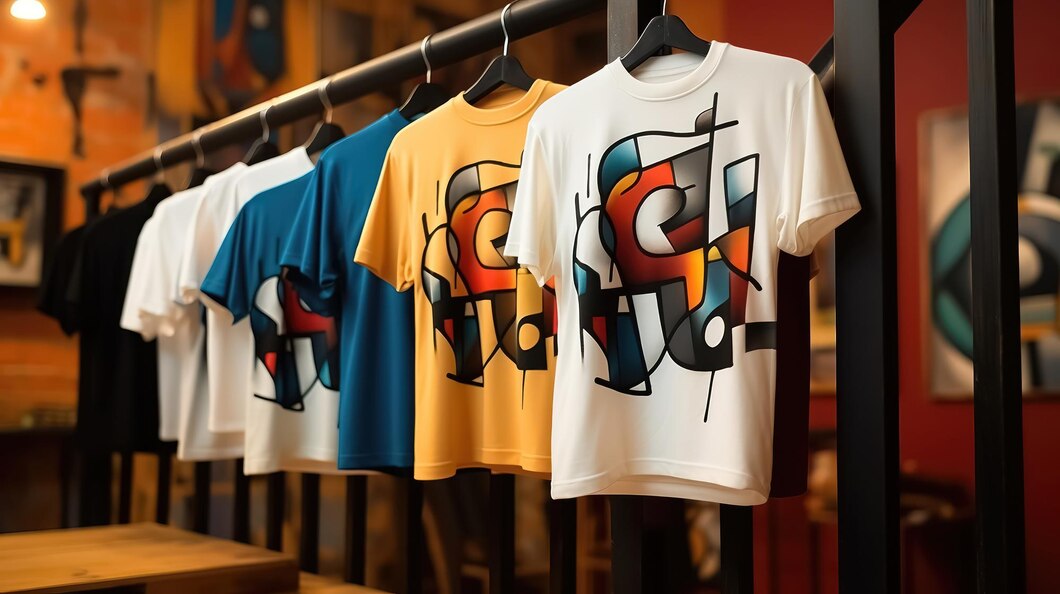

| Advantages | Disadvantages |
|---|---|
| Diverse market segments include professional, casual, and trend-conscious men. | Competitive market with established men’s fashion brands and designer labels. |
| Opportunity to build brand loyalty through quality and style consistency. | Need for effective marketing strategies to establish brand identity and attract loyal customers. |
| Potential for expansion into accessories or grooming products. | Seasonal fluctuations and trends may impact inventory management and sales. |
Startup budget: Starting with Printfuse allows for a budget of ₹20,000 – ₹80,000, covering initial production and marketing expenses.
How to execute:
- Collaborate with Printfuse to produce men’s fashion garments efficiently.
- Conduct market research to understand men’s fashion trends and preferences.
- Develop a cohesive brand identity and design aesthetic that resonates with your target demographic.
- Establish distribution channels through online platforms and retail partnerships.
- Utilize digital marketing strategies and collaborations with male influencers to reach potential customers effectively.
7. Women’s Clothing Line


| Advantages | Disadvantages |
|---|---|
| Broad market appeal among women of different age groups and fashion preferences. | Fashion trends change quickly, requiring continuous design innovation and adaptation. |
| Opportunity to establish a brand known for quality and trend-driven designs. | Higher inventory management challenges due to the variety of styles and sizes. |
| Potential for growth by expanding product offerings or entering new market segments. | Risk of market saturation with numerous competitors offering similar products. |
Startup budget: With Printfuse, you can start with a budget of ₹20,000 – ₹1,00,000, covering initial production costs and marketing efforts.
How to execute:
- Partner with Printfuse for affordable production of women’s clothing designs.
- Research fashion trends and consumer preferences to inform your collection.
- Develop a distinctive brand identity and design aesthetic that resonates with your target audience.
- Launch an e-commerce store platform to reach a wider customer base and utilize social media for brand promotion.
- Engage with influencers and participate in fashion events to enhance brand visibility and attract customers.
8. Kidswear


| Advantages | Disadvantages |
|---|---|
| Consistent demand due to children outgrowing clothes quickly. | Compliance with safety standards for children's clothing is crucial. |
| Opportunity to explore diverse styles and themes appealing to both kids and parents. | Seasonal trends may impact sales and inventory management. |
| Potential for building lasting brand loyalty through quality and affordability. |
Startup budget: Approximately ₹3,00,000 – ₹20,00,000 if managing production, shipping, and inventory independently.
How to execute:
- Research the children’s wear market, including trends and competitors.
- Develop kid-friendly designs prioritizing comfort, durability, and safety.
- Source high-quality, hypoallergenic materials that meet safety standards.
- Establish distribution channels through online platforms and retail partnerships.
- Implement marketing strategies targeting parents via social media, blogs, and collaborations with influencers.
9. Athleisure Wear
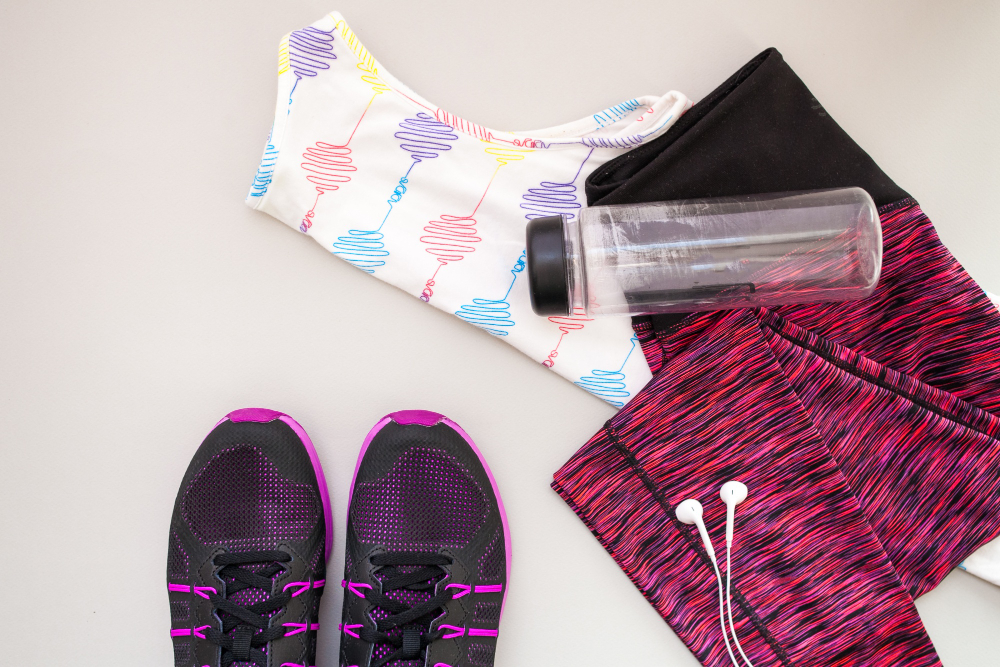

| Advantages | Disadvantages |
|---|---|
| Increasing demand is driven by the popularity of athleisure wear. | Requires investment in high-quality materials and design expertise. |
| Opportunity to target both fitness enthusiasts and fashion-conscious consumers. | Outsourcing production can mitigate initial challenges. |
| Potential for expanding into accessories and lifestyle products. |
Startup budget: Approximately ₹3,00,000 – ₹50,00,000. Outsourcing production and inventory management can significantly reduce costs.
How to execute:
- Conduct market research to identify your target demographics and study successful brands like Nike and Puma.
- Develop a distinctive brand identity through logos, colors, and messaging that resonates with your audience.
- Design athleisure wear that blends style with functionality using innovative fabrics.
- Establish an online presence via e-commerce platforms and social media. Collaborate with fitness influencers and leverage targeted advertising.
- Consider offline partnerships with gyms or sports events to enhance brand visibility.
Clothing Business with Growing Markets
10. Limited Edition Designer Clothes


| Advantages | Disadvantages |
|---|---|
| Potential for rapid success through collaborations with well-known designers. | Requires a significant initial investment in designer fees, production, and marketing. |
| High-profit margins due to premium pricing and exclusivity. | Risk of misjudging demand or underestimating costs. |
| Enhanced brand visibility and credibility from associations with reputable designers. |
Startup budget: Approximately ₹40,000 – ₹8,00,000. With strategic partnerships, you can start with less investment.
How to execute:
- Research and approach designers whose style aligns with your brand and target audience.
- Negotiate collaboration terms covering design concepts, production timelines, and distribution agreements.
- Work closely with designers and manufacturers to develop and produce the limited edition collection.
- Generate buzz through strategic marketing campaigns.
- Launch the collection through exclusive channels like flagship stores, online platforms, or select retailers to emphasize its limited availability.
11. Streetwear Brand


| Advantages | Disadvantages |
|---|---|
| Strong appeal among fashion-conscious youth and urban demographics. | Competitive market with established streetwear labels and fast-changing trends. |
| Opportunity to collaborate with artists, musicians, and influencers for brand promotion. | Needs constant innovation. |
| Potential for global recognition and cult following through limited edition releases. |
Startup budget: Approximately ₹20,000 – ₹1,00,000, depending on design complexity, material quality, and marketing efforts to establish brand identity.
How to execute:
- Study current streetwear trends and identify unique design elements to differentiate your brand.
- Collaborate with local artists or graffiti designers to create exclusive graphics and prints.
- Launch limited edition collections and engage with the community through pop-up events or streetwear conventions.
- Build an online community using social media platforms, streetwear forums, and influencer partnerships.
- Create hype through strategic marketing campaigns and collaborations with urban influencers and celebrities.
12. Plus-size Fashion


| Advantages | Disadvantages |
|---|---|
| Strong demand is driven by growing inclusivity in fashion. | Requires specialized suppliers for plus-size clothing. |
| Opportunity to champion body positivity and diversity. | Trends and sizing preferences may fluctuate, necessitating ongoing adaptation. |
| Potential to build a loyal customer base seeking fashionable choices. | Requires a comparatively heavy investment. |
Startup budget: Approximately ₹15,00,000 – ₹40,00,000, with higher raw material costs.
How to execute:
- Research target demographics and competitors in the plus-size fashion market, focusing on individuals needing sizes above 3XL.
- Partner with manufacturers or wholesalers specializing in plus-size clothing.
- Develop a brand that resonates with inclusivity and style.
- Launch an e-commerce platform and use social media to showcase products and engage customers.
- Collect feedback to refine offerings based on market trends and customer responses.
Tips for Starting a Clothing Business in India
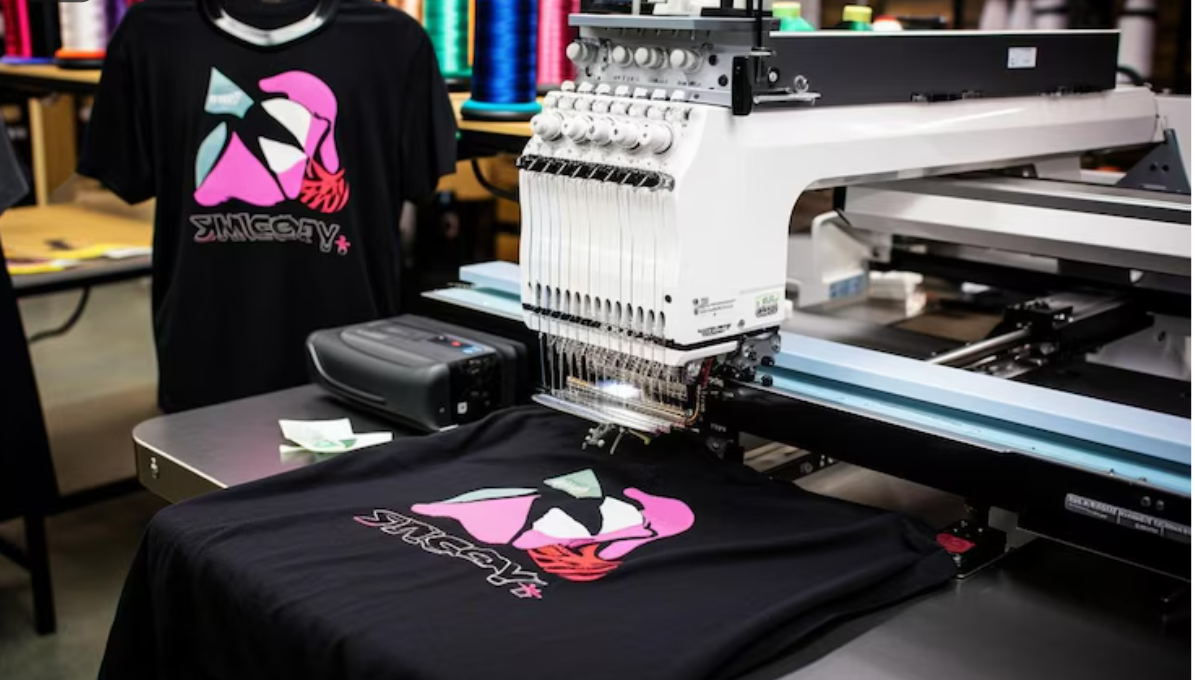

1. Narrow Down Your Target Audience
India’s consumer base is incredibly diverse, and trying to cater to everyone can be overwhelming. Focus on a specific type of clothing and identify your ideal customers. For example, you might specialize in ethnic wear, western wear, casual wear, formal wear, or kids' wear.
Research market demand, trends, preferences, and the spending habits of your target audience to make informed decisions.
2. Source Locally
India’s textile market is vast and rich in heritage and craftsmanship. Partnering with local weavers and artisans as it supports the local economy and adds a unique touch to your brand identity and story. This can set you apart from competitors who might rely on imported fabrics.
3. Find Reliable Manufacturers and Suppliers
Source your fabrics, materials, and accessories from reputable vendors that provide the best prices, quality, and timely delivery. Look for manufacturers who can produce your clothing line according to your specifications, quantity, and budget. Platforms like Printfuse can help streamline this process with cost-effective solutions for small businesses.
4. Prioritize Customer Experience
Deliver exceptional customer experiences by ensuring high-quality tailoring, fabric, and finishing. Provide accurate size charts and detailed product descriptions. For online businesses, include popular options like Cash on Delivery (COD), fast delivery, and hassle-free returns.
5. Register Your Business and Obtain Licenses
Register your brand/business as a sole proprietorship, private limited company, or partnership, depending on your business scale and structure. Obtain a GST registration, trade license, shop and establishment license, and any other relevant documents from government authorities.
6. Market and Sell Your Clothing Online and Offline
Create a website and an offline store for your clothing brand. Use social media, blogs, email marketing, and SEO to promote your products and services and reach your target audience. Platforms like Shopify or Wix can help you set up your online store, while tools like Mailchimp or Hootsuite can manage your marketing campaigns.
Additionally, sell your clothing offline through retail stores, pop-up shops, exhibitions, or wholesale distributors. Building a loyal customer base through these channels is crucial for sustained growth.
By following these tips and utilizing resources like Printfuse for production needs, you can set a strong foundation for your clothing business in India.
What Are the Best Platforms to Use for Setting Up an Online Store for a Clothing Business?


1. Printfuse Snap Store - Best for Print-on-Demand Clothing Stores
Printfuse Snap Store is the ideal platform for starting your clothing business without any coding or technical experience. With Printfuse, you can create a professional, customizable online store completely for free.
Simply design your products, add them to your Snap Store, and start selling. It integrates seamlessly with Printfuse's print-on-demand services, so you don’t have to worry about inventory or fulfillment – everything is handled for you. It’s a quick, hassle-free way to launch and manage your online clothing business.
2. Shopify - Best for Scalable Clothing Businesses
Shopify is a widely popular e-commerce platform with a range of tools to help you create a beautiful online store. While it does require a subscription, it offers extensive features like inventory management, payment gateways, and customizable themes, making it great for businesses that plan to scale quickly.
3. BigCommerce - Best for Growing Clothing Businesses
BigCommerce is another excellent platform for growing clothing stores. It offers similar features to Shopify but is known for its built-in SEO tools and flexible integrations. It’s a good option for businesses looking to expand their reach both domestically and internationally.
4. Wix - Best for Easy-to-Use, Budget-Friendly Websites
Wix is known for its drag-and-drop website builder, making it ideal for beginners who want to get their clothing store up and running quickly. While Wix offers many customizable templates, its e-commerce features may not be as robust as Shopify or BigCommerce.
How Printfuse can help you start a clothing business in India?
Free Snap Store: Launch your very own online store with Printfuse’s Snap Store. No coding skills required – simply choose your design, add products, and start selling instantly.
Easy Design Creation: Our free Product Customizer tool to effortlessly create unique designs, even with no prior experience.
Wide Range of Products: Customize a variety of apparel, including t-shirts, hoodies, and plus-size clothing, to suit your brand.
Dedicated Assistance: Our support team is ready to help you get started and succeed in your clothing business journey.
Sign up with Printfuse today and launch your custom clothing business effortlessly! Contact our support team to help you get started today.


Start selling custom products online with Printfuse.
Create a snapstore and sell products instantly!
Frequently Asked Questions
-
What type of business is best for clothing?
The best type of clothing business depends on your target market and brand vision. Print-on-demand businesses are especially popular as they require minimal investment and allow you to test different designs without upfront costs.
-
Is the clothing business profitable?
Yes, the clothing business can be profitable, but success depends on your business model, marketing strategy, and product quality. The print-on-demand model, for example, offers a great opportunity to generate profit without the need for large upfront investments in inventory. The key to profitability is understanding your market, creating unique designs, and focusing on efficient operations.
-
How can I grow my clothing business?
How to Grow Your Clothing Business
- Building a strong brand: Create a unique identity and voice for your business.
- Effective marketing: Use social media, influencer partnerships, and paid ads to reach your audience.
- Customer experience: Offer exceptional customer service and easy returns.
- Scaling up production: As your brand grows, you can scale up by introducing new product lines or expanding to new markets.
-
Is Printfuse free to sign up?
Yes, signing up with Printfuse is completely free! You can create an account, access the Snap Store, and start designing and selling your products without any initial cost. Printfuse also offers a premium plan with additional features if you want to upgrade as your business grows.
-
What is the Printfuse snap store?
The Printfuse Snap Store is a free, easy-to-use website builder that allows you to create your own online store for selling print-on-demand clothing and products. With no coding required, you can design your store, add your custom products, and start selling instantly. It integrates seamlessly with Printfuse’s print-on-demand services, so you don’t need to worry about inventory or shipping. Everything is handled for you, allowing you to focus on growing your business.
